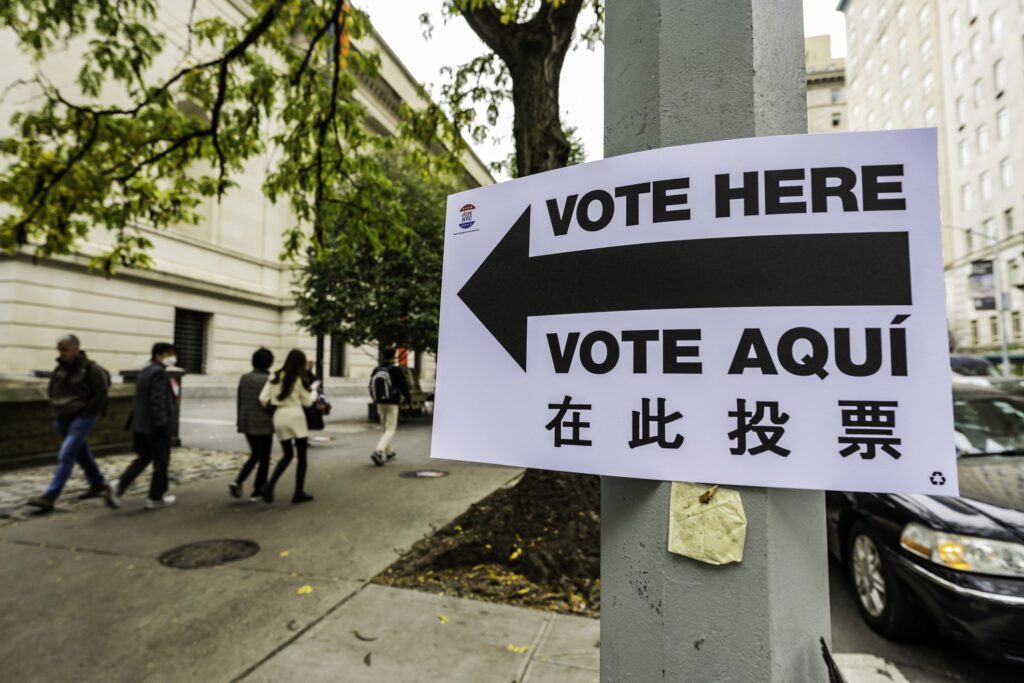Want To Reach Voters In Spanish This Cycle? Better Know Your History


Campaigns at all levels will be courting Latino voters this cycle. This increased competition means that creative run in Spanish or targeting Latino voters will need to hit the cultural mark. After all, an ad that voters tune out is a missed opportunity.
For those new to reaching Latino voters, the largest group in the United States is of Mexican origin. In fact, there were approximately 37.2 million people of Mexican origin living in America in 2021, according to a Pew analysis of Census Bureau data.
This represents about 60 percent of the total Hispanic or Latino population in the country. Tailoring a campaign that focuses on the issues that this large voting block faces is crucial for the success of many campaigns in 2024. But even within this community, campaigns will need to think about diversification.
For instance, within the U.S. Latino community are Chicano voters. The word “Chicano” broadly means Mexican-American, or someone born in the United States of Mexican parents or parents of Mexican descent. The first recorded use of the word Chicano was in 1911 by the newspaper La Cronica.
At the time, it was a derogatory way to refer to less educated individuals of this background. But later it became a word of empowerment and the identity for those of us who are Ni de aquí ni de allá, meaning “neither from here nor there,” referring to the struggle that many Chicanos or bicultural Latinos face as sometimes we don’t feel fully accepted as Americans.
As people like to refer to individuals born in the United States of North America, nor fully Mexican because we were born and raised in el otro lado, which means “the other side.”
This is the way Mexicans refer to people born in the United States or to refer to the United States since the border crossed us, which is a topic for an entirely different article.
Throughout the decades, things have changed, and as we venture into an era of being more accepting of our diverse cultural backgrounds and identities, this is becoming a less predominant feeling among Americans or bicultural Latinos. While the term Chicano was once a slur, today it’s still used by many Mexican-Americans to identify themselves and is now a source of pride and identity, thanks in part to the Chicano movement.
So now do you create a message that resonates with Chicanos? When it comes to video or audio advertising, accent matters.
First-generation Mexican Americans or Chicanos might respond best to a more Spanglish approach or bi-cultural approach to deliver your message vs. older generations who would respond best to Latino accented English—a message that sounds like us, like them.
In terms of issues, they might be more open to discussing immigration issues such as DACA or comprehensive immigration reform, abortion rights, and topics of that nature. Second, third generation, or even native Chicanos who have been in the United States since before the United States was this country may lean more towards issues related to economics, like fair wages to all, accessible health care, and social issues.
It’s all about knowing and understanding the language, and by that, I don’t mean whether you run your campaigns in English, Spanish, or Spanish, but rather understanding the lingo and history of each unique voting group.
Jessica Trinidad, founder of Bilingual Political Voice, which provides high-quality audio and content production for the Latino community.
